As your children grow, they will start to learn about the living creatures that will appeal to them through video and television. Aside from dogs and cats, many great starter pets will be easier to manage by sticking to your child’s age group.
In this guide, we are listing the 21 best pets for kids by age rank: young children (3-6 years), children (7-11 years), and teenagers (12-17 years). While there are several things parents should keep in mind when it comes to choosing a pet for their kids, the benefits of children owning and caring for a pet are generally worth the effort.
Best Pets For a Young Child (3-6 years)
1 – Goldfish
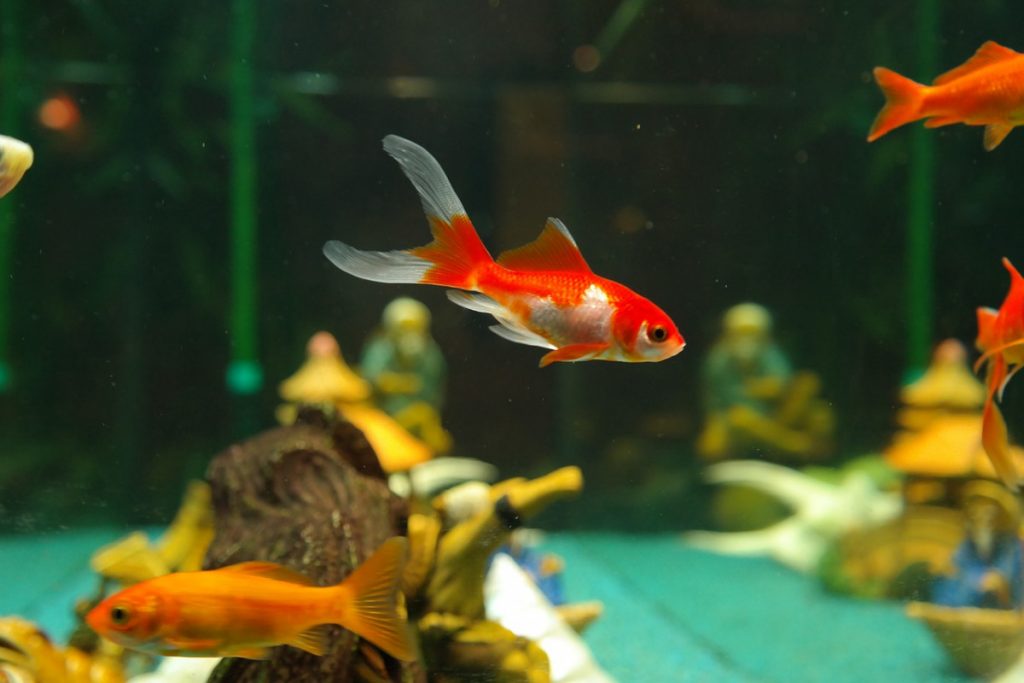
Perhaps one of the easiest for children that are 3 years and older, goldfish are simple, elegant, and entertaining for young kids. Goldfish are active all day and make the perfect viewing shelf pet that is absolutely low maintenance for any pet owner. Kids will love feeding them, but because goldfish have such short memories, they tend to overeat if you’re not careful.
They can live longer depending on goldfish type, the size of the tank, and how often their water is changed. Most goldfish will live for 2 years or more if the conditions are excellent. They can be taught to follow your finger on the outside of the fish tank.
2 – Hermit Crab
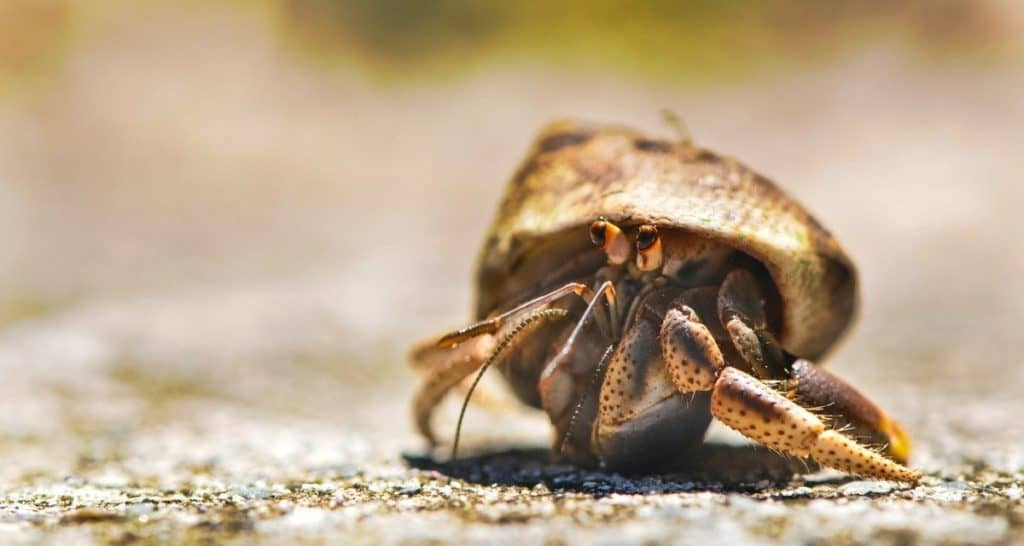
Hermit crabs are meant for kids that are at least 5-6 years old, but not any younger. These docile creatures can be held in the hand and will be highly entertaining for your children. They live up to 8-10 years and like living in a colony with others.
As they grow they will need to switch shells to give them enough living comfort to hide inside. Crawling from hand to hand is about the only trick they can be taught, which is impressive for this crustacean. Their habitat does need to be similar to their native environment, so parents need to help maintain this pretty often.
3 – Betta Fish
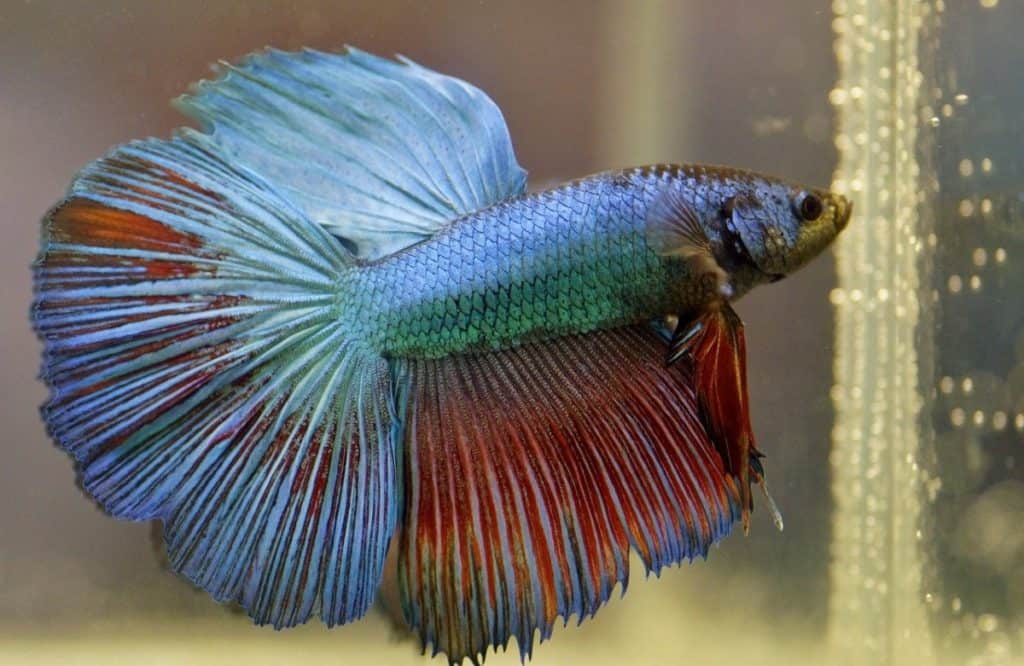
Betta fish are great alternate fish, but they need to be put into separate tanks because they will fight with each other. These are cool pets since they instinctively fan out their fins whenever a child approaches the fishbowl, making an impressive display of fin color. They can also live for more than 2 years in the right conditions.
They don’t learn many tricks aside from trying to look bigger, which is always entertaining for a young child. Because they are another great shelf pet, they require little cleaning and come in a variety of vivid colors. Cost-wise they are easy to replace if they die unexpectedly.
See also: 12 Best Beginner Fish for Freshwater Aquariums
4 – Parakeet
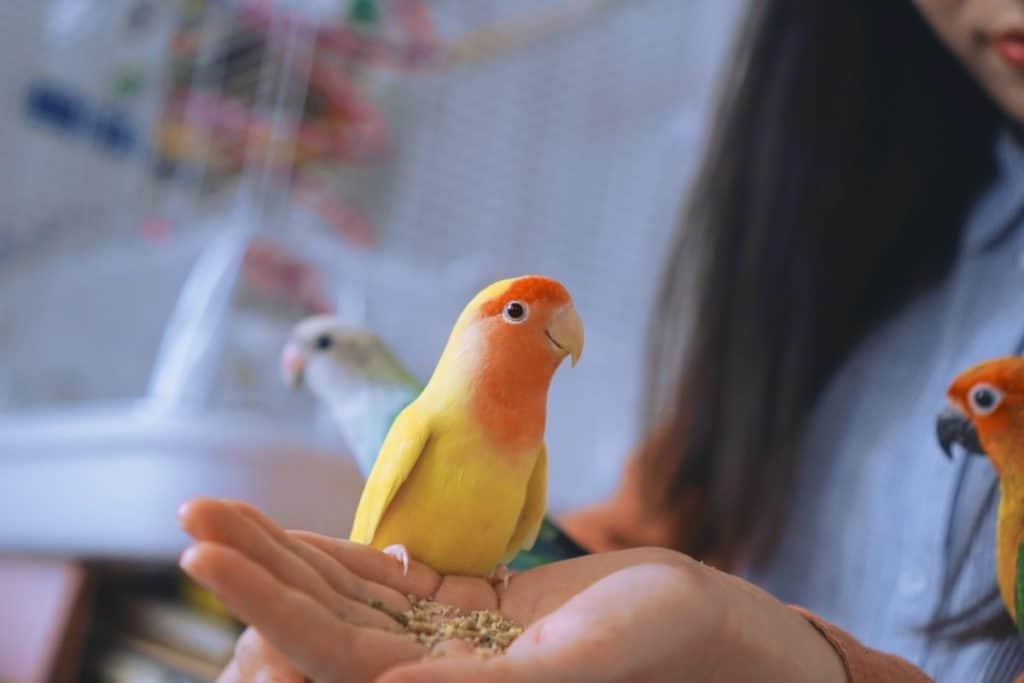
A parakeet makes a good starter pet since they are simple to manage and doesn’t make too much noise. They can live 10 to 15 and will enjoy the company of their owner. Most kids will love having a pair of budgies so they don’t get lonely.
These birds make excellent starter pets because they like being petted on their head and being talked to. An older child 5 to 6 years will enjoy their parakeet for many years to come as a result. They can learn basic tricks and like being held once they bond with their child owner.
5 – Cockatiel
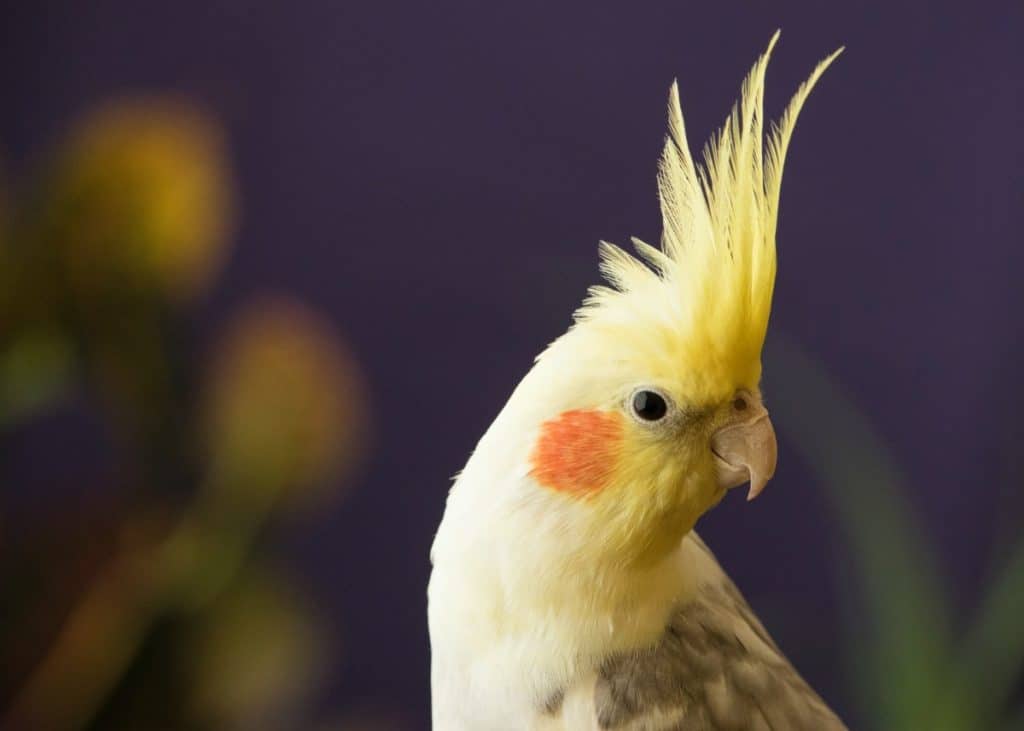
This is another excellent example of a pet that can become attached emotionally to its owner. They are more advanced in learning tricks and will like to be picked up and love playing with their cage toys. These birds will be good for young kids since they will live for the next decade or more and are excellent companion pets.
It’s better to have two cockatiels when your child isn’t around so they don’t get lonely. They’ll also like soft music playing in the background and plenty of mirrors in their cage. A happy cockatiel will be the best pet for being ecstatic when your child enters their room.
Related: 12 Best Beginner Birds – A Complete Guide
6 – Bearded Dragon
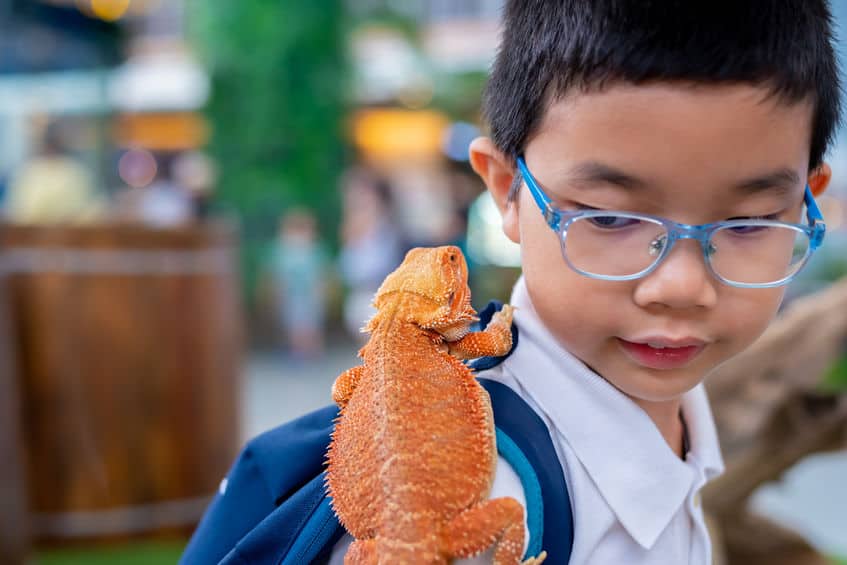
This particular reptile is one of the most easy-going starter pets since it’s not very active and it likes to be held. Despite its spiky appearance, it’s not as pokey as it appears to be, making it fascinating for little kids. This reptile can easily live for 10 to 15 years in its habitat.
They don’t have much ability to learn tricks, so sitting in your hand makes them perfect for smaller and younger kids around 3 years. As they grow older, they’ll be good companions over the coming years. Essentially, they are very low maintenance with a simple habitat setup.
See also: 20 Best Beginner Reptiles and Amphibians
7 – Axolotl
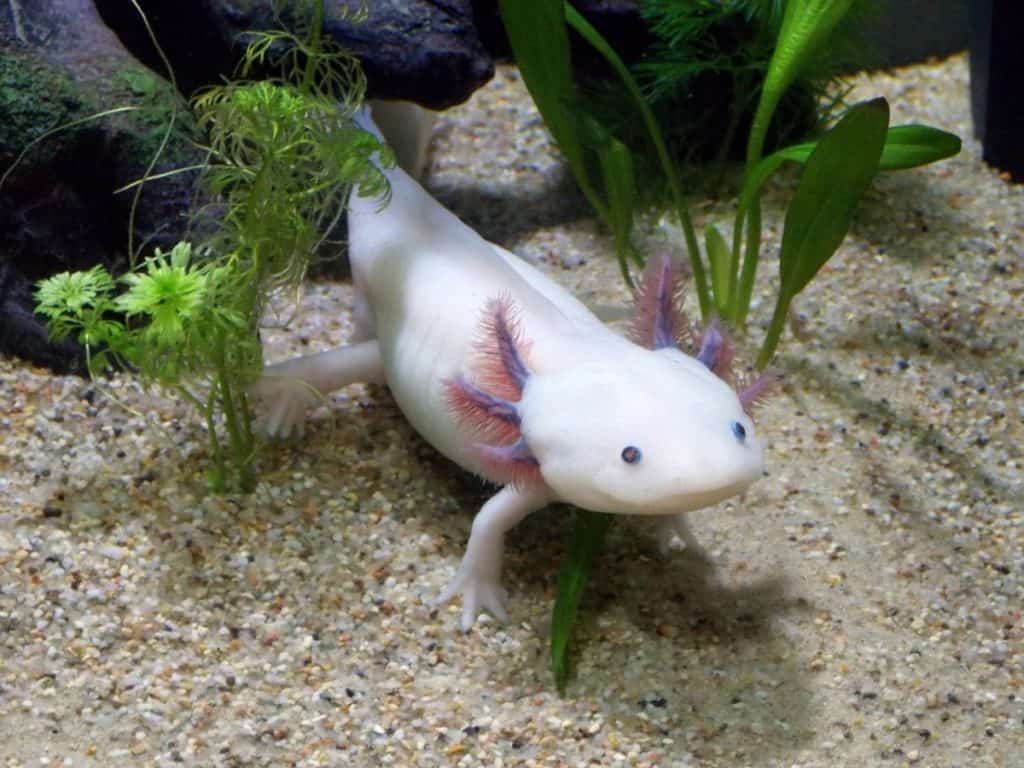
The Mexican walking fish is an amazing amphibian that is part fish and part salamander, which for most of its life will never truly transform. This makes a great aquarium shelf pet for young kids since they will be amazed to see such a strange animal. Parents will need to keep the water filtered and clean so it can live upwards of 10 years or more.
It can’t be taught tricks but is very entertaining to watch as it hunts for food in the water. This is good for young 3-year-olds since they’ll appreciate how it lives as they grow older. Perhaps it can evolve further if the conditions are just right to where it can begin to move out of the water and become more like a salamander.
Best pets for a child (7-11 years)
8 – Fancy Rat
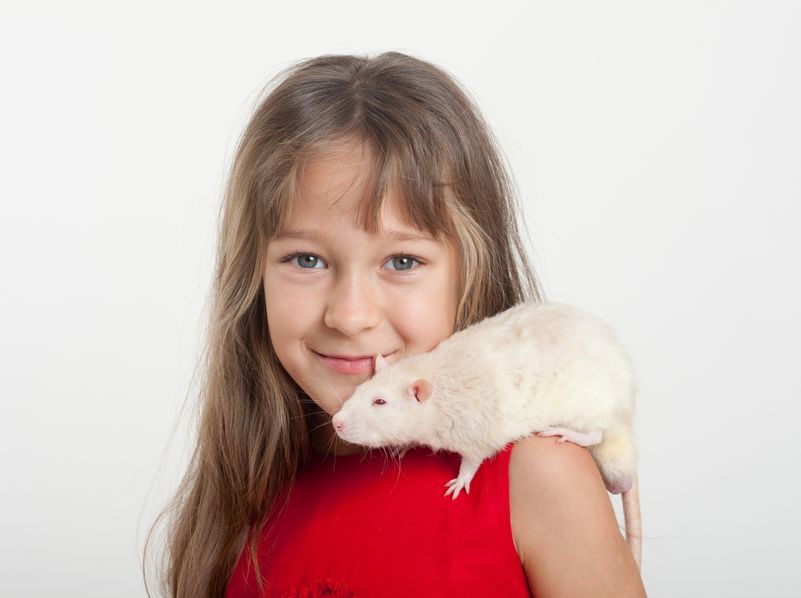
Fancy rats are ideal rodents since they are very sweet once they become tame. These are optimal pets for kids in this age group since they will bond quickly with curious kids. They’re also a great companion because they can learn quickly.
Your child can teach fancy rats many tricks that will be hours of entertainment. The sad part is they don’t live longer than 2 to 3 years. This can be sad for some kids since they will bond with your child so well.
9 – Rabbit
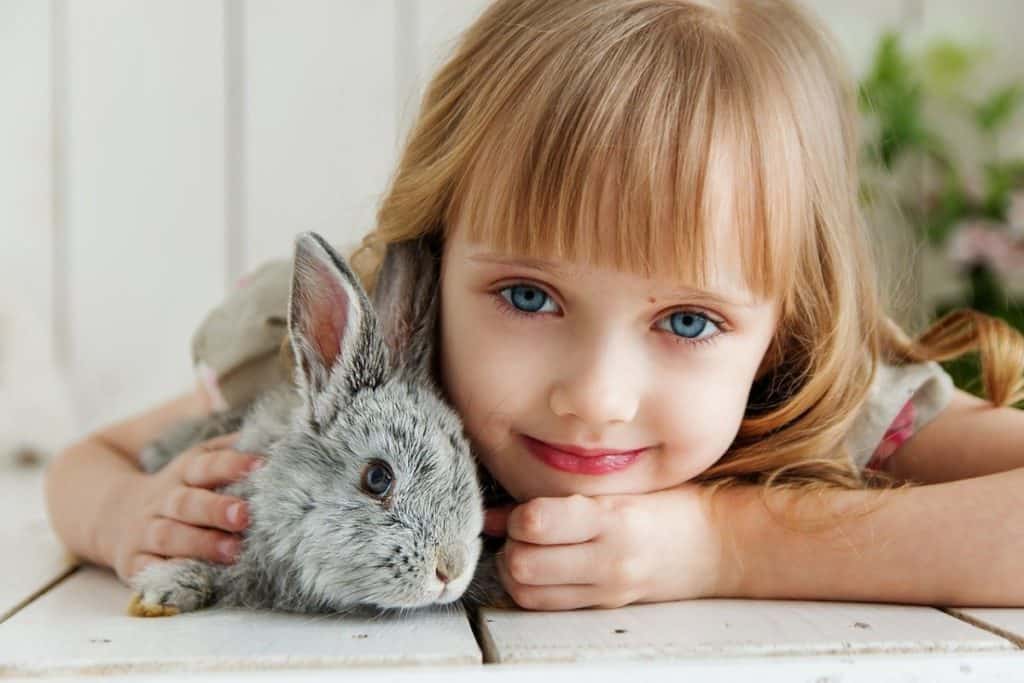
Just to clarify what kind of rabbit is best is the dwarf rabbit since regular rabbits grow quite large. Young teens, especially girls will love rabbits since they are cuter and more cuddly to handle. They can live as long as 8 to 10 years leaving a great childhood memory as the best pet in the world.
They can be kept indoors and don’t take up too much room but do need moderate cleaning and feeding. Dwarf rabbits can be taught simple tricks. As long as your teen gives a dwarf rabbit ample amounts of attention it might need a buddy otherwise.
10 – Canary
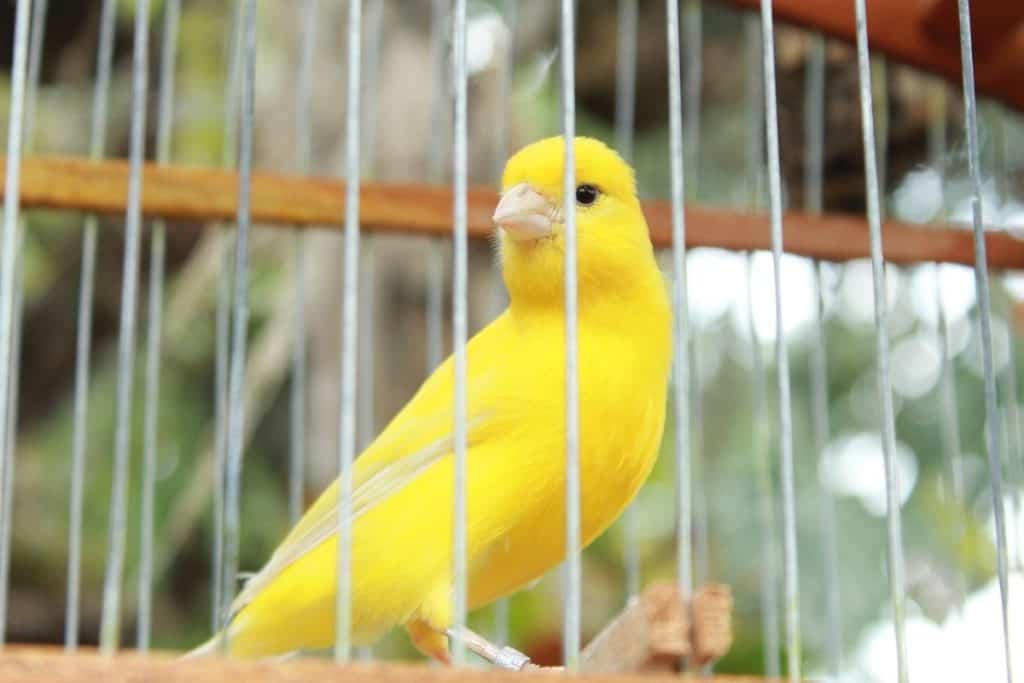
All canaries are good pets for kids that are as young as 7 years. They will live up to 10 years and are cheerful happy birds. These birds are good for kids who spend a lot of time at home and like the company of your child.
They don’t learn many tricks aside from being held in your hand or on your finger or flying back to their cage. They do enjoy living with a buddy when you aren’t around. A canary will like being talked to and enjoys your child’s company.
11 – Guinea Pig
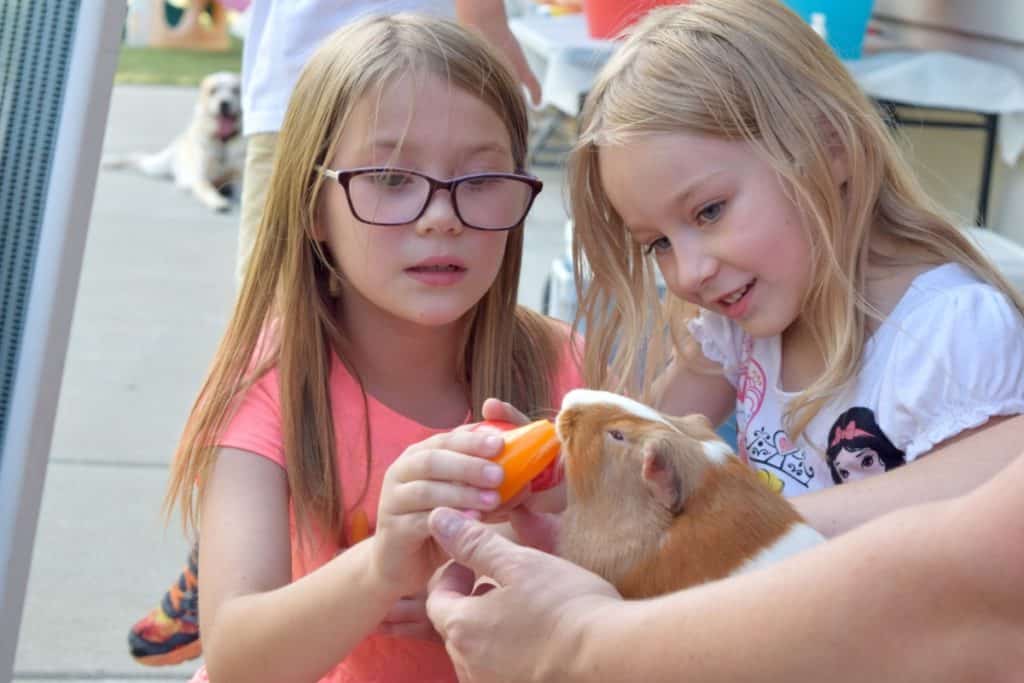
These are optimal pocket pets that curious kids in this age group will especially love to keep. They have a wide variety of emotions and noises that your kid can learn easily. They also are great for handling and like being held by kids that are being kind to them.
These little pets live 5 to 7 years and are simple to take care of for responsible kids in this age group. A guinea pig does require more attention but is a rewarding pocket pet for patient kids. You can teach these pets a variety of tricks that are fun to teach them.
12 – Gerbil
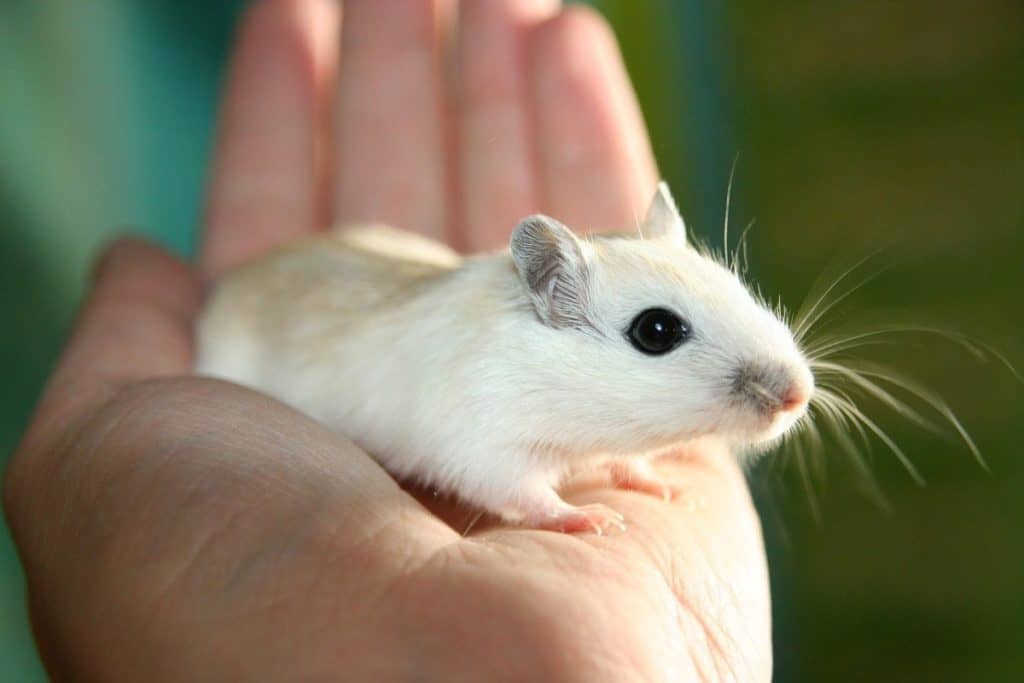
Gerbils are outstanding rodents that are a cross between a mouse and a hamster but have their own quirky personality. Gerbils need a buddy in their cage, so getting two of the same sex is recommended. They don’t live longer than 3 to 4 years, so kids that grow attached will likely get more gerbils over the years.
These are good pets if your kid is going to school and will enjoy playing with them at dusk or in the early evening. You can’t teach gerbils many tricks and they are better suited as pets you can watch playing. On occasion, they can be held and stroked at times if your kid tames them over time.
13 – Hamster

This rodent is better for being social and will be a favorite for kids who enjoy making playgrounds and mazes. This is how you can train them to navigate through activity zones made from cardboard. They love being held and will grow fond of your child as a result.
Hamsters only live 2 years or perhaps more depending on the breed. Hamsters will learn simple tricks and can wake up for short periods during the day. They can become overweight if you feed them too much, so careful diets must be part of their lifestyle.
14 – Mice
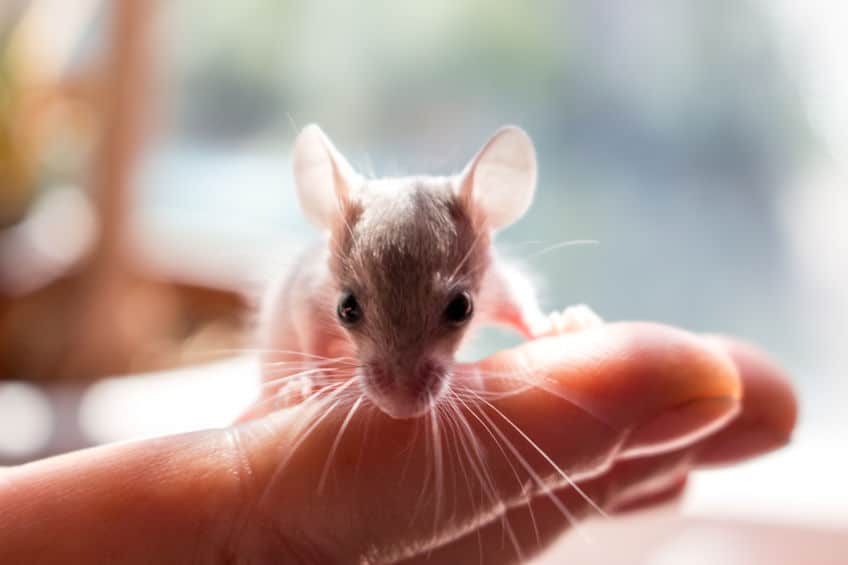
These little mammals love living in groups and will be tiny bursts of energy that any child 7-11 years old will be amused by. Fancy mice are more active at night since they’re rodents, so they make fun playful pets that can learn very simple tricks. Because they only live for 2 years, your child might want to have new mice added every other year.
They’re easy to take care of aside from cleaning their cage every week. They are easy to handle but because they are so small, little hands in this age group will be appropriate for handling adult mice. Most adults will find mice too small to handle for this reason.
Best pets for a teenager (12-17 years)
15 – Degu
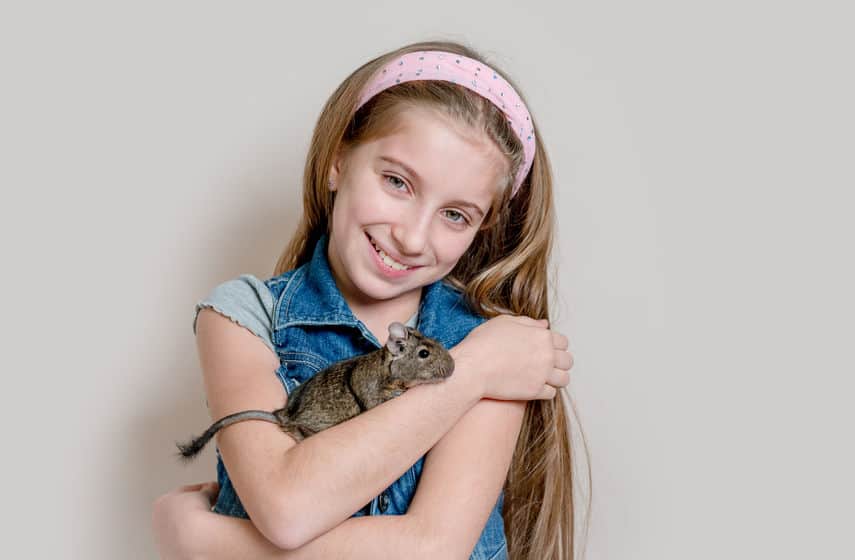
Like most rodents, degus must be kept in pairs so they don’t get bored. They are a lot easier to tame and can become friendlier than chinchillas. Your child will enjoy having degus since they are playful and curious rodents.
They also live up to 6 or 7 years, so they will make great companion pets for a growing teen. They aren’t the greatest for holding but will learn to follow your teen where they bring them while playing with them. All degus have more complex sounds and personalities than other rodents, so this will be a good learning experience for your teen as well.
Read also: Chinchilla VS Degu – Which One Makes The Best Pet?
16 – Finch
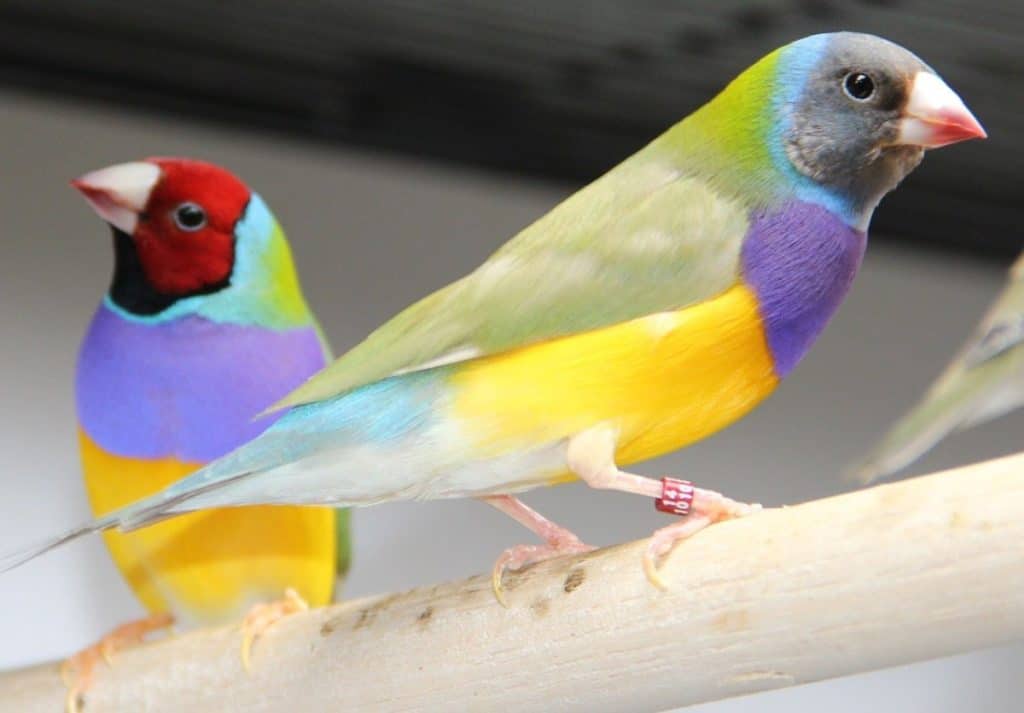
This social little bird is going to love having a companion, so having a pair is a good idea. They will also live 5 to 10 years in a stretch and don’t need constant supervision. They are also easy to care for and don’t take up much space in your teenager’s room.
These are also good pets for kids that don’t socialize much, so they’ll make good companion pets. You can teach them flying tricks and like to be inside and outside their cage. They are also easy to feed and clean up after, in addition to being potty trained.
17 – Corn snake
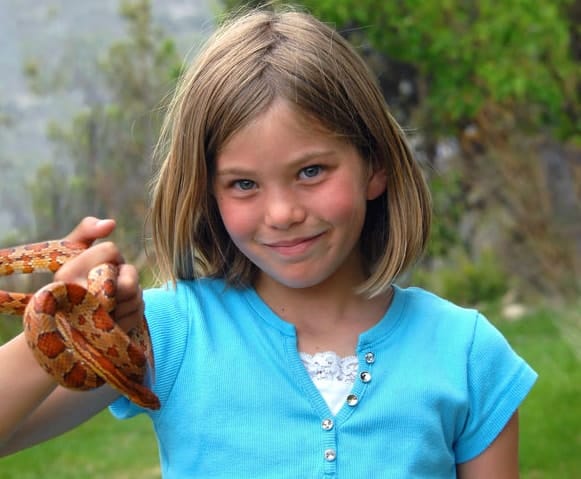
Young teens will love corn snakes because they are colorful and don’t have any teeth if they try to bite. They live for more than a decade and because they are very docile, they can be held for long periods. One corn snake is enough for most teens since they like to be solitary reptiles.
Feeding a corn snake is also a curiosity since most teens will find feeding them with live mice is an interesting stalk and chase lesson of life. They don’t learn any tricks but will enjoy being held and handles once they are tame. They are also easy to take care of and don’t require constant cleaning of their aquarium.
Related: 10 Best Beginner Snakes – A Complete Guide
18 – Greek tortoise
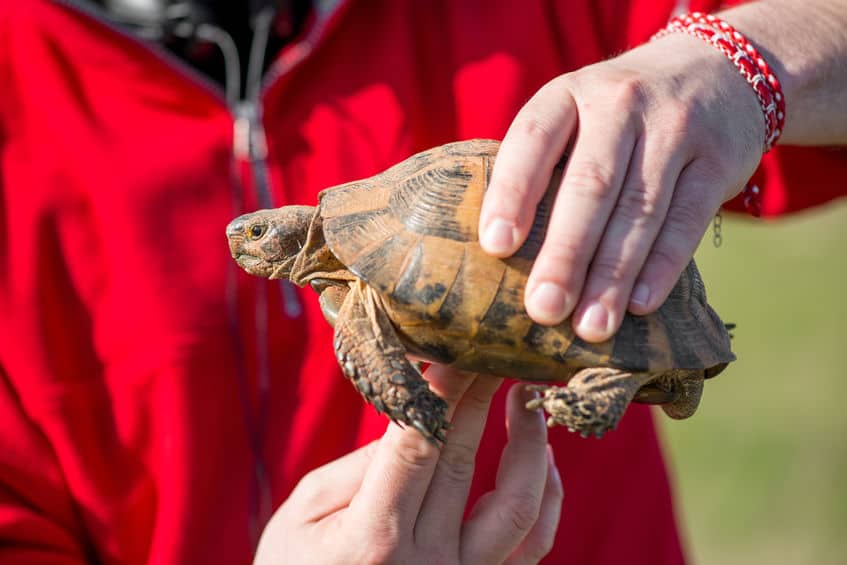
Here is a reptile that has an incredible ability to live as long as your teen will live. They can grow into old age, averaging 50 years or more if the conditions are in their favor. These reptiles are easygoing and slow-moving.
They are good as long-term pets and make fine teen pets for those who are thoughtful and into owning this type of land turtle. They do need an aquarium that increases in size over the years, so you’ll need to give them the right habitat and foods as they grow into adulthood. You might say that kids who are into lifelong pets will enjoy their tortoise more than any other exotic pet.
19 – Tarantula
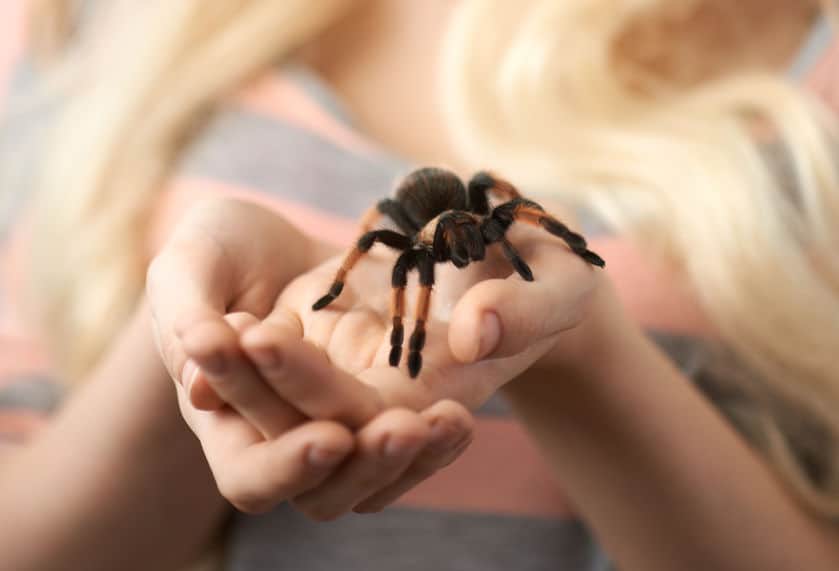
What teen doesn’t want to have a tarantula as a small pet? These creepy 8-legged arachnids can be exotic and friendly depending on the breed, so choosing one that is docile is very important. Female tarantula can live 10 to 15 years in some cases while males live for much shorter periods.
Handling a tarantula as a teen is good for this age group since they will be more cautious from 12 years and upward. Tricks won’t be so easy but moving them from hand to hand is always a careful affair. The best part for teens is feeding time so they can see their tarantula stalk a cricket or even small mice!
20 – Scarlet Kingsnake
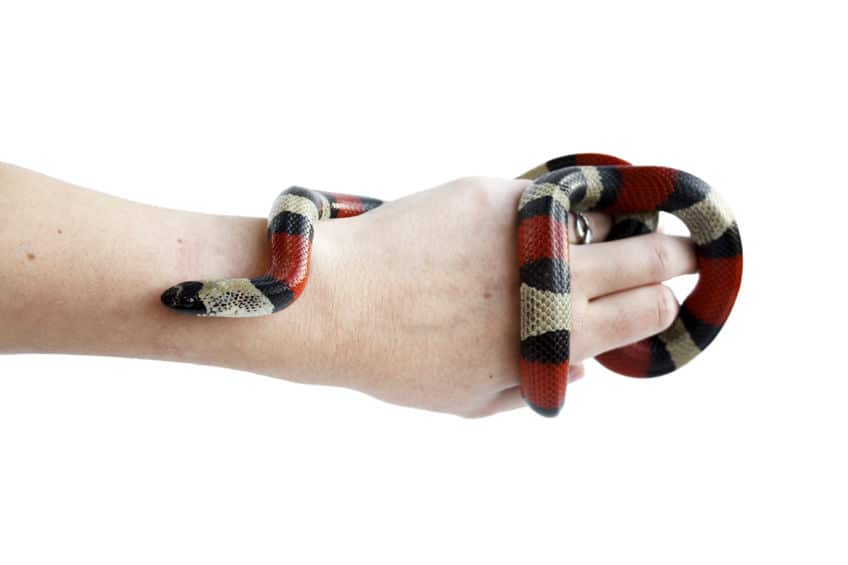
These non-threatening snakes resemble their deadly cousin the coral snake, but the scarlet king snake is a big loving mimic. This king snake can live upwards of 20 years or more and is a great starter snake for teens. They like to be held when your teen takes the time to be careful with them.
They also have a diet of small rodents and will need a terrarium that needs a heat rock or heat lamp. They are easy to care for despite not being trainable or teaching them tricks. They simply make cool pets your teen can feel cool about owning as a reptile pet.
21 – Chinchilla
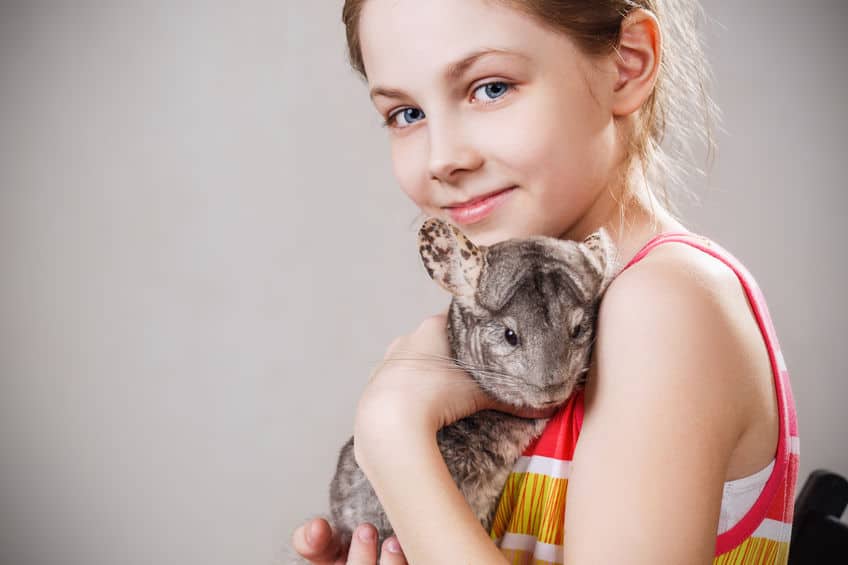
This pet is recommended for older teens that are at least 12 to 13 years old. Chinchillas are very nervous animals and require special conditions to keep them from being spooked. Once they bond with your teen, they will be very lovable. These are not great for handling pets and will rather show their appreciation by playing in an open room.
Chinchillas also love dust baths and will display all sorts of gymnastics across the floor and occasionally sit on a teen’s lap for a few moments. If a chinchilla is happy and healthy, he can live up to 10 years or more. They require a lot of attention and will be more active at night since they are crepuscular rodents.
The reasons why getting a pet for your kid is good
1. Sense of responsibility
The best pet for your young child will give them a good sense of responsibility with few responsibilities involved. Obviously, little kids won’t be able to keep a birdcage or fish tank clean all the time. This is why you’ll need to do most of the leg work.
As kids get older, they’ll see how you’ve taken care of their little pets and learn what they need to do later by showing them. These skills will come in handy later, so they will understand they must take care of all the aspects of cleaning and feeding their pets.
2. Care and ownership
Your child needs to learn how to care for their pet which always involves feeding, handling, and learning to be patient. Even younger kids will need a certain amount of supervision so they don’t harm these pets. This helps young new pet owners learn how to properly care for their little pets.
Younger kids will only have so much patience for taking care of their pets. This is why it’s understandable that young children will have limited attention spans when it comes to pet care. It’s not until they get older that they develop stronger bonds with their pets.
This exciting period is great fun for your children who will slowly learn what ownership is all about. Being exposed to pet management is going to be vital for your child since they will respect the feelings of a scared or agitated pocket pet. Together with your kid, you can teach them compassion and handling safety for all sorts of small pets.
3. Fun, tricks, and friends
One of the most exciting parts about little pets is watching what they do and their interaction with buddies in their habitat. Watching little critters interact and play together will provide hours of entertainment for your child. This gives many layers of fun with some added bonus features.
Small rodents and even birds can be taught tricks that your kid can teach them. Children have tenacity when it comes to repeating themselves, so this comes in handy for pet training. Some rodents especially are great candidates for learning to perform tricks.
Things parents should consider when buying pets for their kids
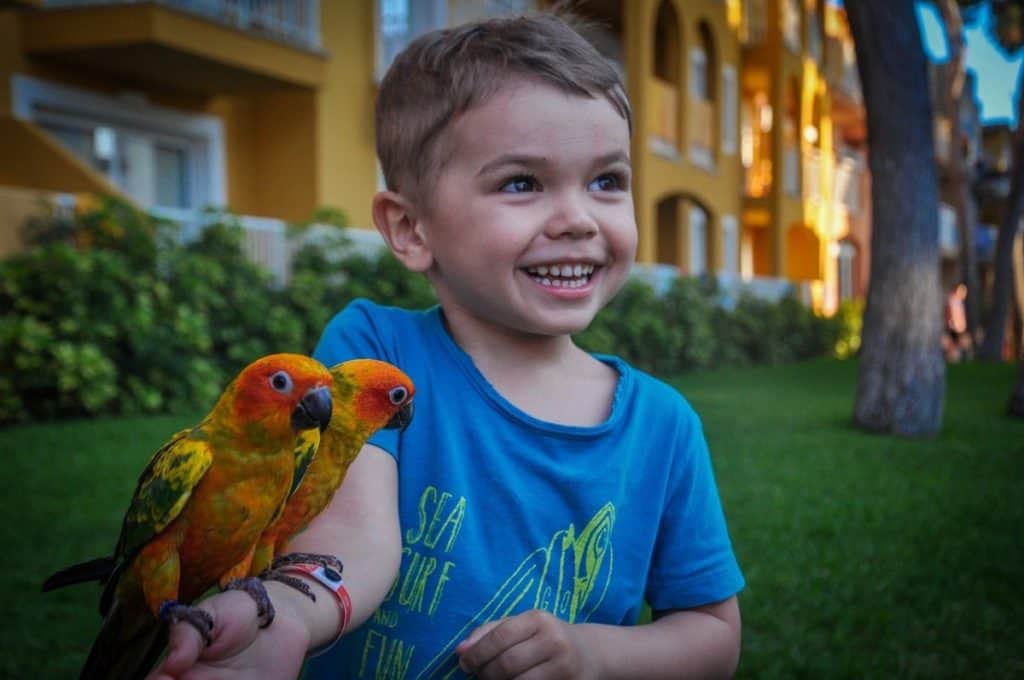
1. Choose a pet based on age group
The first consideration that you want to address is the age of your kid. Most children won’t start asking for a pet until they reach 3 or 4 years of age, but not any younger. If you already have a pet such as a dog or a cat, your child will have an appreciation that won’t begin to grow until they gain an interest in speaking to them.
The most important thing to mention is that younger kids will need animals that are more prone to being easygoing, and won’t likely try to bite your kid. As your child gets older, they can develop more skills to handle pets that require more attention and handling safety.
2. Some pets live longer than other
The next issue is obviously the lifespan of pets, as this can be explained away easier to younger children. The more truth they learn at an earlier age, the better they can deal with losing a pet that has a short lifespan. As your child grows older, the deeper their feelings will be hurt by losing a beloved pet.
3. Your child’s personality
Of course, this also depends on your kid’s personality and attitude toward pets, so determining which pet would be best suited for your children is important. Children that are gentle and careful with pocket pets will be great at handling them. For some kids, it’s equally mesmerizing to watch a pet inside a fish tank or terrarium and doesn’t need to handle them at all.
You’ll be surprised that your kids’ pet personality will greatly depend on the type of pet you choose. Smarter rodents will be the best pets because they can become tame in a short time, and learn tricks quickly. Other pets that have sensitive and skittish behavior will be better for older teens accordingly.
One of the most important things you want to know is how much interaction your child will have with their new pet. Of course, you want to know if they’ll be responsible or not, but the worst is when they start to show disinterest. If this happens, you’ll want to have a backup plan if they don’t want their pet anymore.
4. What kind of pet does your child like?
Learn what kind of personal tastes your kid has toward wanting a pet. Do they want a mammal, rodent, or reptile, or something you didn’t expect? Asking your child what they prefer will help you to give the appropriate tips needed to show them good pet examples.
5. Children with special needs
Special needs kids can often find therapeutic meaning while bonding with their pets. Just as pets are used to help people who have suffered from post-traumatic stress disorder (PTSD), this has shown dramatic results. For many kids who suffer from disorders, personal contact with select pocket pets can also improve their condition in a variety of ways.
6. Level of care for a new pet
If you’re worried about the amount of care involved and how much interaction between your child and their pet will be, you need to choose a pet wisely. This guide will give you a clear idea of what age group is recommended and the best pet for that group. The last thing you want is to choose a pet that is more responsible than your kid can handle.
There is also the issue of how often your kids are at home to interact with their new pet. You should also consider what degree of interaction, does your child has with their friends. Outgoing kids will tend to have less need to cuddle with little pets than children who like spending time being alone.
7. How much space is needed
You will also need to consider the space needed and outgoing costs for a new pet. Even though some pocket pets can be small, their habitat will require lots of accessories and toys to keep these pets happy. Initial costs will be obvious, but not overly expensive in most cases.
8. Nocturnal or diurnal?
Aside from fish, birds, reptiles, and crustaceans, some pocket pets will all have issues with being nocturnal. Their sleeping cycle will usually see their peak activity for most of the night. Some select rodents have developed crepuscular sleep cycles which allow them to wake up earlier than dusk.
It’s also more common to see hamsters and Guinea pigs awake during the day for short periods. This is why they are recommended for older kids who might be more prone to disturbing them while they sleep. Younger kids will like new pets that are awake all day long.
9. Healthcare considerations
Simple pocket pets that are less prone to natural sickness are recommended since fancier pets that are considered exotic will be costly when it comes to Vet visits. For the most part, you can bet that any pocket pet will be a costly visit if they get sick. This is why their diet must also be regulated for snacks and natural sugars.
You’ll need to instruct your kids on how much their pet is fed and warn them not to overfeed them. Yet, unexpected accidents and illnesses can happen. If this does, you’ll need to take your children’s pet to the vet for emergency service, which could be a pricy experience.
References and further reading:
- Companion Animals and Child/Adolescent Development: A Systematic Review of the Evidence, Rebecca Purewal, Robert Christley, Katarzyna Kordas, Carol Joinson, Kerstin Meints, Nancy Gee, Carri Westgarth
- Family Pet Ownership during Childhood: Findings from a UK Birth Cohort and Implications for Public Health Research, Carri Westgarth, Jon Heron, Andy R. Ness, Peter Bundred, Rosalind M. Gaskell, Karen P. Coyne, Alexander J. German, Sandra McCune, and Susan Dawson
- Consensus: Children and pets, National Committee on Injury Prevention













